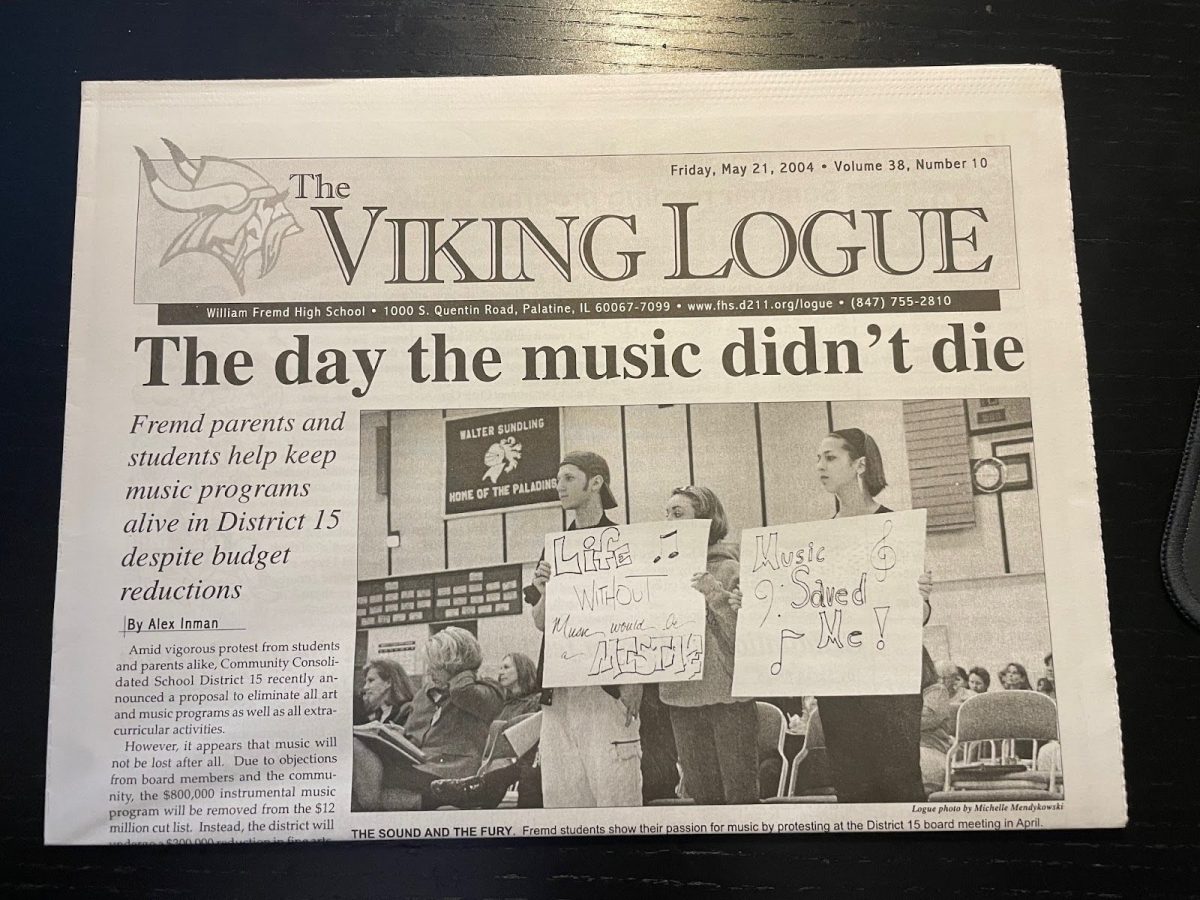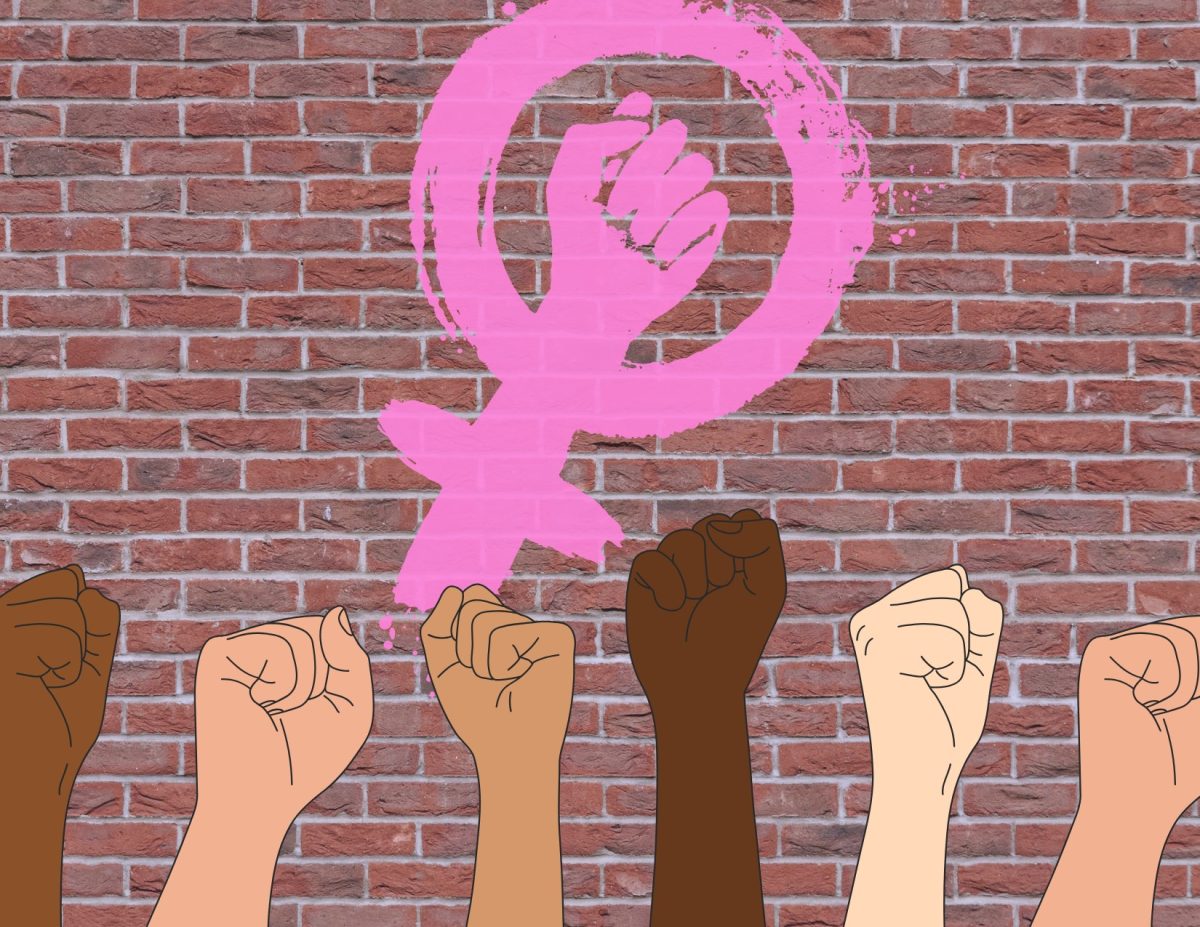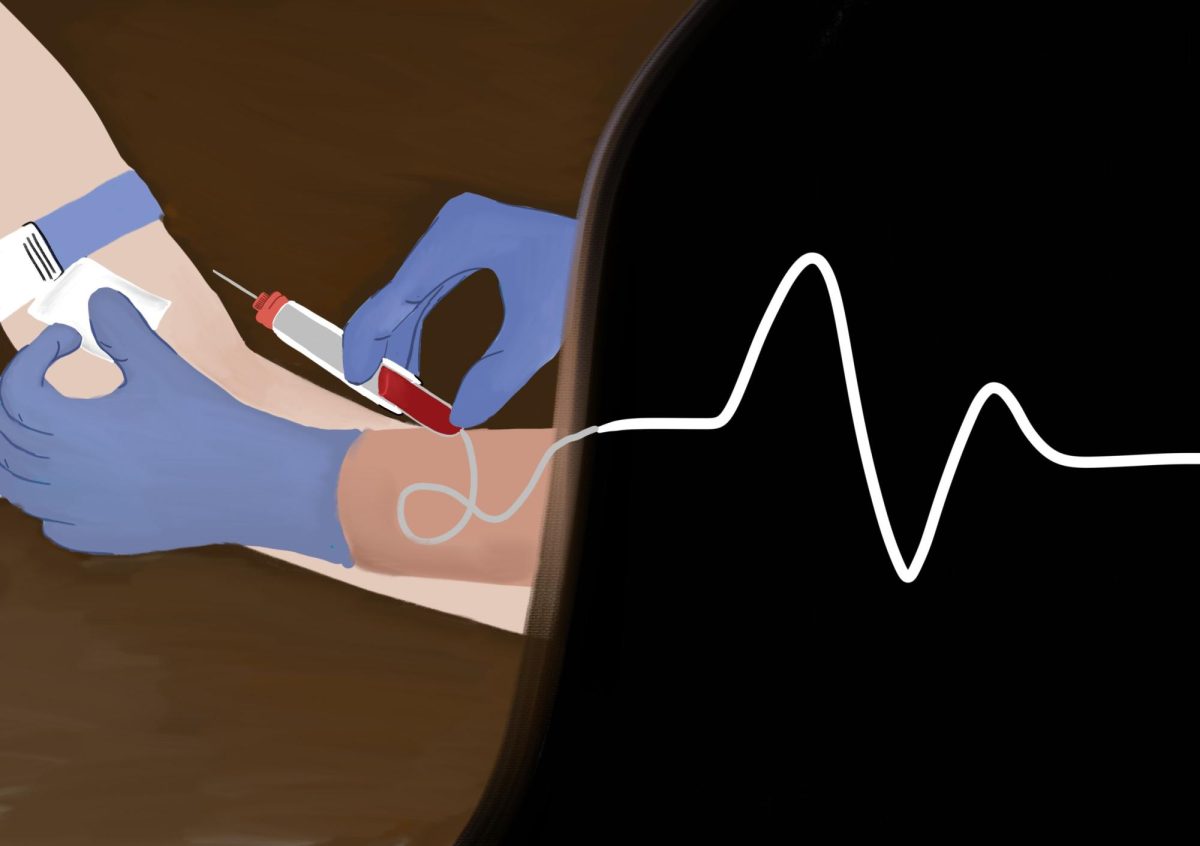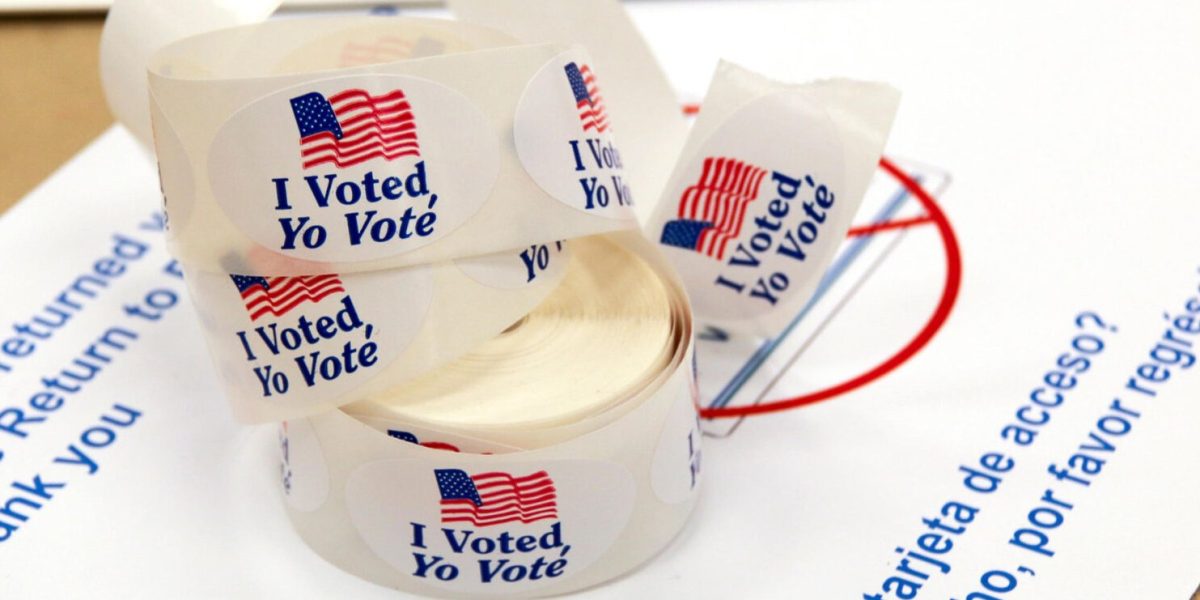Every year on October 31st, millions of kids get dressed up in costumes, and go around door to door getting their year’s worth of candy, but not many know where the tradition originated from.
Halloween originally began as a festival that was the end of the harvest season and began a new year. It was a Celtic celebration named Samhain. During the celebration, people believed that the border between the living and the dead would be diminished enough for people to communicate between the two worlds for them to communicate with their passed loved ones.
The tradition of dressing up in costumes during Halloween came from villagers wearing animal heads or skins while they attended the celebration. It eventually morphed into children wearing sheets and pretending to be ghosts, creating the idea of wearing a costume during Halloween, which quickly became popular.
October 31st became All Hallows Eve after Halloween reached its final evolution, as it came prior to the Christian religious day of All Saints’ Day, in which people celebrate and remember the dead.
People began to put out food during the day, as a way to appease the spirits of the dead among them, causing people to dress in scary costumes for them to receive some of the treats in England and Ireland, where trick-or-treating was born. “Trick” was a more popular option leading up to the 1930s in the US, where many got to play pranks and trick the unaware.
These days, Americans spend over 10 billion dollars on Halloween, ranging from pounds of candy to creepy decorations. Halloween has become a beloved holiday of many people, with many teenagers and kids going trick-or-treating, dressing up in costumes, or going to a party.







